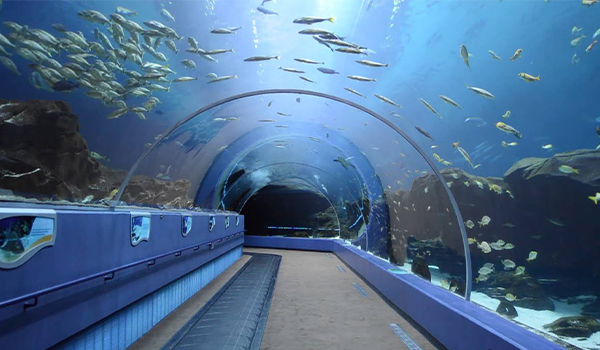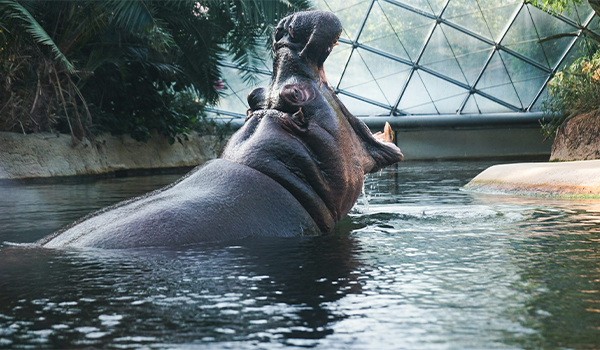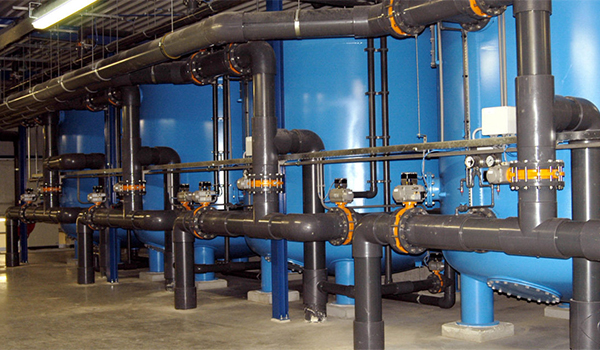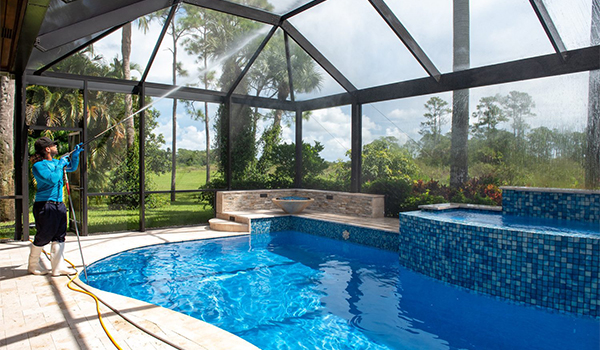
Pond Filtration Systems
Underwater Exhibits And Aquariums

Underwater exhibits and aquariums allow the captivating display and exploration of aquatic life and ecosystems. Whether in a public aquarium, marine center, or underwater museum, these exhibits offer visitors a unique opportunity to observe and marine biodiversity. Ecosystems comprising of coral reef, a kelp forest, a freshwater river, or a specific species along with aquatic habitants situated above or under the ground, with walkways and viewing windows for the visitors to explore.
Paddock And Enclosures

A paddock is a small, fenced area or enclosure used primarily for the containment and management of live stocks. Paddocks are typically part of a larger grazing or farming area and serve various purposes. Enclosure is any confined area that can house a variety of animals, including wildlife, exotic species, or domesticated animals. Enclosures can vary widely in size and purpose, found in a range of settings, including zoos, wildlife reserves, research facilities, and even private properties
Life Support System (LSS)

Life Support System (LSS) systems for animals are essential for maintaining the health, well-being, and conservation of animals in captivity. They are particularly crucial in environments like zoos and aquariums, wildlife reserves and research facilities. Properly designed and managed LSS systems help replicate natural environments, reduce stress, and support the physical and psychological needs of the animals. The set of equipment and processes used to provide and maintain the essential life support elements includes providing a controlled environment with appropriate levels of oxygen, temperature, humidity, water, and waste management.
- Air Quality Systems for Oxygen Supply, Carbon di oxide removal and air filtration
- Temperature Control and Humidity Management
- Water Quality Management and Waste Treatment Systems
- Environment Enrichment and secured inhabitant
Enclosure Maintenance And Disinfection

Establishing a maintenance plan to ensure the long-term sustainability of the lake or pond, including periodic inspections, cleaning, and vegetation management. Continuously monitor the lake or pond's health and make necessary adjustments to the management plan as conditions change. Setting up of a disinfectant regimes and scheduling and classifying the zones referring to the animal inhabitant and categorising animal enclosure, water features, feeding locations and visitor’s area.
- Selection of appropriate disinfection preferably herbal or non-toxic disinfectant
- Cleaning, disinfection protocol and standard operating procedure
- Management of Quarantine and Isolation Area to eliminate spread of diseases
- Clean and disinfect equipment, tools, including shovels, buckets, and animal transport carriers
